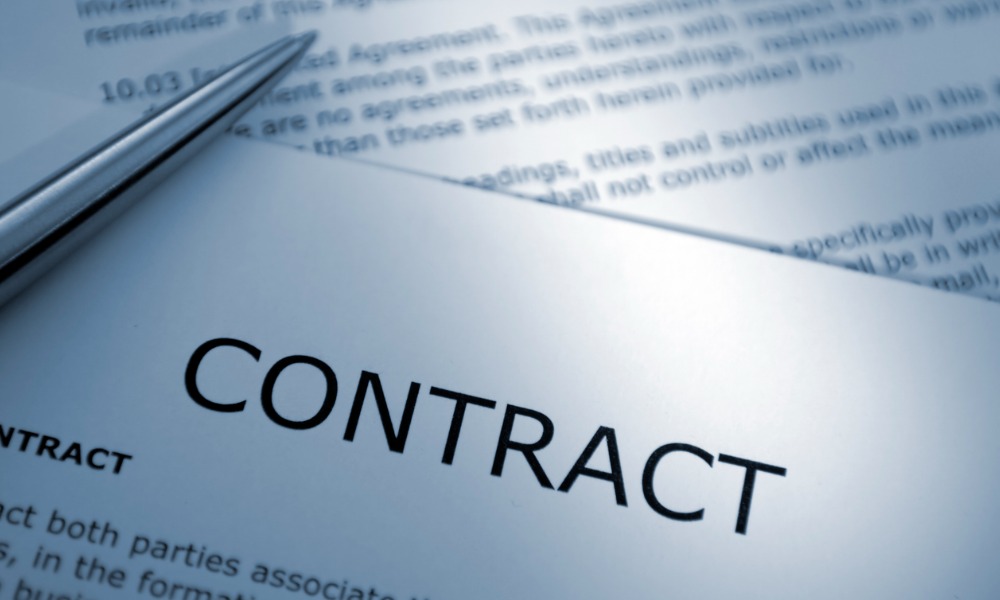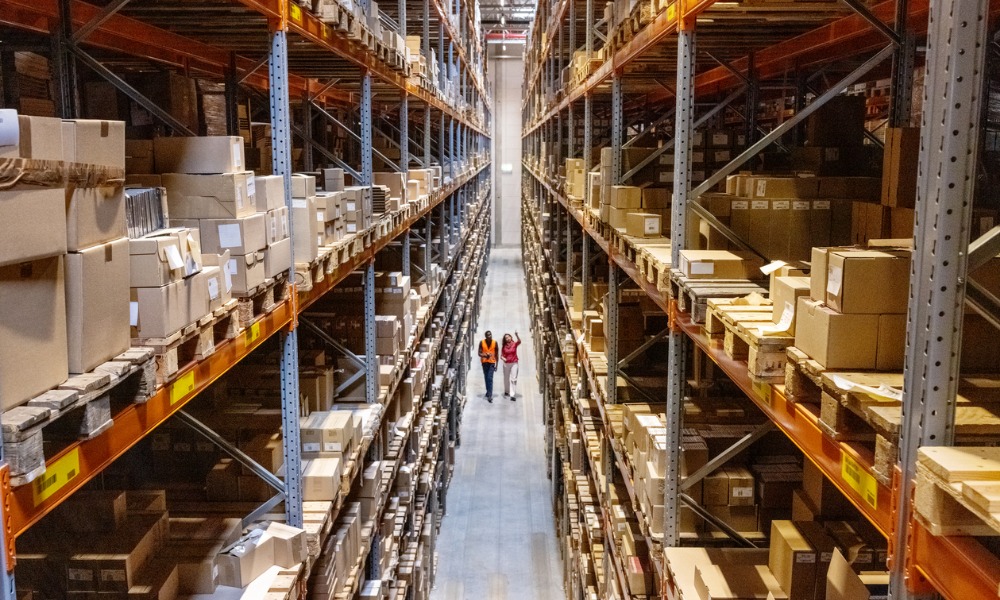Rate is reportedly 'the lowest in almost 70 years'

The Australian Bureau of Statistics (ABS) reported that the unemployment rate plummeted to 3.5%, but businesses worry about worsening skills shortages, the Australian Chamber of Commerce and Industry (ACCI) said. HRD previously reported that the rate “dropped to a 48-year low,” but what does the data mean for employers? More importantly, what’s the “burden” for businesses?
The business network described Australia’s labour market as “running white hot,” following the latest ABS labour data that showed employment increased by 88,400 people, and unemployment fell by 54,300 or 0.4% in June 2022.
“This is the lowest unemployment rate since August 1974, when it was 2.7 percent, and the survey was quarterly,” Bjorn Jarvis, ABS head of labour statistics, said in a media release.
ABS also said there had been a “strong increase” in female employment, which saw their employment-to-population ratio rise to a new record high of 60.3%.
What does the statistics mean?
According to Jarvis, the fall in the unemployment rate indicates that more people are entering employment, and, at the same time, there is a lower than the usual number of employed people who are becoming unemployed.
“Together these flows reflect an increasingly tight labour market, with high demand for engaging and retaining workers, as well as ongoing labour shortages,” Jarvis said.
Like Jarvis, ACCI Chief Executive Andrew McKellar said that while the unemployment rate drop is a good sign, he still emphasized that there remains a current workforce shortage.
“The fall in unemployment is very good news, but the gap between the number of unemployed people and job vacancies has narrowed to just 14,000, emphasising the severity of the jobs crisis,” he said.
Moreover, based on The Guardian’s report, the current unemployment rate, lower than the economists’ predictions of 3.8%, can add to pressure on the Reserve Bank to continue increasing the interest rate in 2022.
Burden for businesses
McKellar said Australia’s workforce shortage went from “bad to worse” given the unemployment rate falling much faster than anticipated.
“Businesses are facing enormous pressures to recruit and retain local workers, but the reality is they’re running out of options,” he said.
Given the tight labour market, McKellar said that the businesses are now heading towards “uncharted waters,” and failing to address Australia’s labour and skills crisis will only jeopardize economic recovery.
The ACCI chief executive also highlighted that the increase in workforce participation, especially the record high female participation, was a “positive sign,” thus the need to encourage more women back to work by increasing childcare support and paid parental leave.
“As a matter of urgency, we must reduce the barriers for people who want to work, ramp up low levels of permanent and temporary skilled migration, and drive investment in training to help abate the chronic workforce shortages across the economy,” McKellar said.








